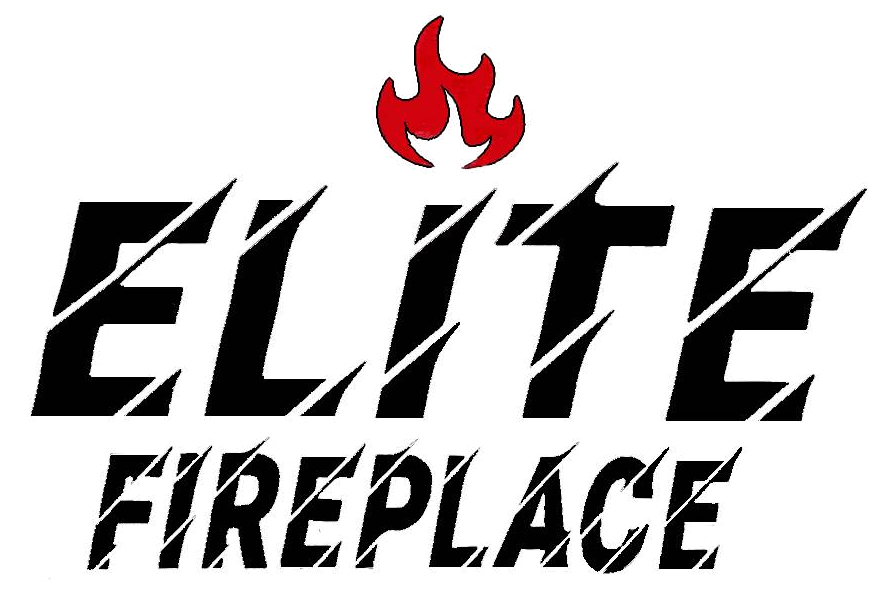Valuable Guidance from Your Trusted Chimney & Fireplace Company
A home that has a fireplace has a charm of its own. The sight and sound of a gently crackling fire in the middle of your room adds a warm, cozy element that is irreplaceable. Are you planning to add a hearth to your home or replace an existing one? Read up our useful guide on the factors to consider before installing a new fireplace.
Fireplace Installation Checklist to Ensure the Right One for Your Home
With a variety of options, including fuel-use, heat produced, design variations, and price range, choosing the right hearth may be slightly overwhelming. Here is a checklist of what you should take into account:
- Usage and Needs: First and foremost, you need to decide the purpose of installing a fireplace. Are you considering one for added warmth and lower energy bills, or mainly as a design feature to improve the value and appearance of your home? Here are your options:
- Gas Fireplace: A gas fireplace will be an energy efficient and low maintenance option.
- Wood Burning Fireplace: A wood burning one does not produce a large amount of heat and is not suitable to warm up a large area.
- Pellet Stoves: If you are looking for options that produce sufficient heat for bigger spaces, consider pellet stoves or gas fireplaces.
- Bioethanol or Electric: If gas lines or availability of gas is an issue, you also have the option of electric or bioethanol ones. However, these two options produce a moderate amount of heat that warms up only a small area surrounding the hearth.
- Current and Future Costs: Your budget should account for not just the upfront cost of purchasing and installing a fireplace, but also your future running costs. A wood burning hearth may involve a higher pre-installation outlay, especially if you have to construct the chimney or make any major alterations. However, your ongoing running costs may be quite nominal if you have easy access to firewood.
- Renovation Appetite: Even if you have a healthy budget, your renovation appetite may determine the type of fireplace you choose. Wood burning fireplaces require a chimney and this may involve some major renovations, especially if you do not have one at present. For pellet stoves, you need to install a flue, which will require some significant structural alterations. Most gas fireplaces need a piping flue system and a vent to release the gasses outside, although you also have the option of ventless inert gas heaters. Electric fireplaces require an electrical outlet, whereas a bioethanol one does not require any chimney, flue, or other connections.
- Safety and Building Codes: The safety norms and building codes differ for each location. Mandatory requirements may dictate aspects such as the chimney footer projections and thickness, length of roof penetration, emission levels, location of exterior air supply, gas line positioning, and more. Based on the code for your area, you may be able to determine the cost and complexity of installing the fireplace. It is possible that your budget and renovation appetite may lead you to a default choice, in order to remain compliant with your building norms.
- Design and Aesthetics: Whether you are adding the fireplace for better heat, or to create a charming ambience, design will be an important aspect of your choice. Obviously you want to ensure that your hearth is aesthetically appealing, and matches with your home’s existing theme or décor. You have options such as traditional styles with detailed iron, stone or marble work or modern, sleek and minimalist designs with glass. In addition to the actual fireplace, you may also want to choose a mantle and surround based on the positioning of the hearth and size of the room.
Let your local chimney and fireplace company offer assistance on all these factors and help you make the right choice. Trust Elite Fireplace for all your fireplace needs.
Call us at (610) 489-4274 today or contact us online to learn more about our services and products. A representative will be in touch soon.
